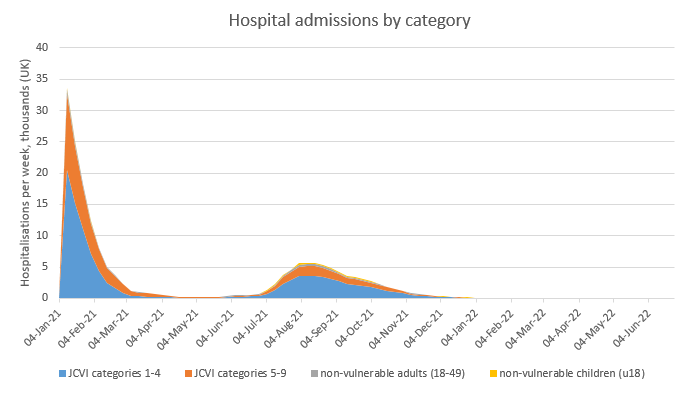
As it’s the weekend, I’m allowed to have some fun. So here’s the latest in my series of spurious-but-interesting political/covid correlation analyses. Last time we had: vote Labour, get covid. This time it’s: vote Conservative, get vaccinated! 1/n 
https://twitter.com/JamesWard73/status/1368637516086132743?s=20

(and please don’t @ me, I do realise why this is). In fact please take this as a subtweet of other analysis showing that vax rates are negatively correlated with covid infection levels, deprivation, or non-white ethnicity: if it’s not corrected for age, it’s meaningless. 2/n
Of course, what’s happening is that the vaccination rate is a near-perfect (92% correlation) proxy for average age. And the Conservative vote % is also strongly correlated (69%) to the average age of the constituency. 3/n 



Last time it was the Labour vote in the 2015 election that saw the strongest correlation with the covid infection rate – perhaps because of shifts in the mix of age, ethnicity and poverty levels of Labour voters across the 2010-2019 elections 4/n 

This time it’s the 2019 election that gives the Conservative vote the strongest correlation with age, and hence with the vaccination rate. 5/n 

Why is this? Well, one factor – but maybe not the only one – is that the Conservative vote became significantly more Brexit-y in 2017, and even more so in 2019 – and we know that voting Leave is also correlated with age. 6/n 

PS if you want to know more about the social dynamics behind some of these voting shifts, I can highly recommend the book Brexitland by @ProfSobolewska and @robfordmancs – I’m only a couple of chapters in and it’s already completely fascinating. /end
• • •
Missing some Tweet in this thread? You can try to
force a refresh












